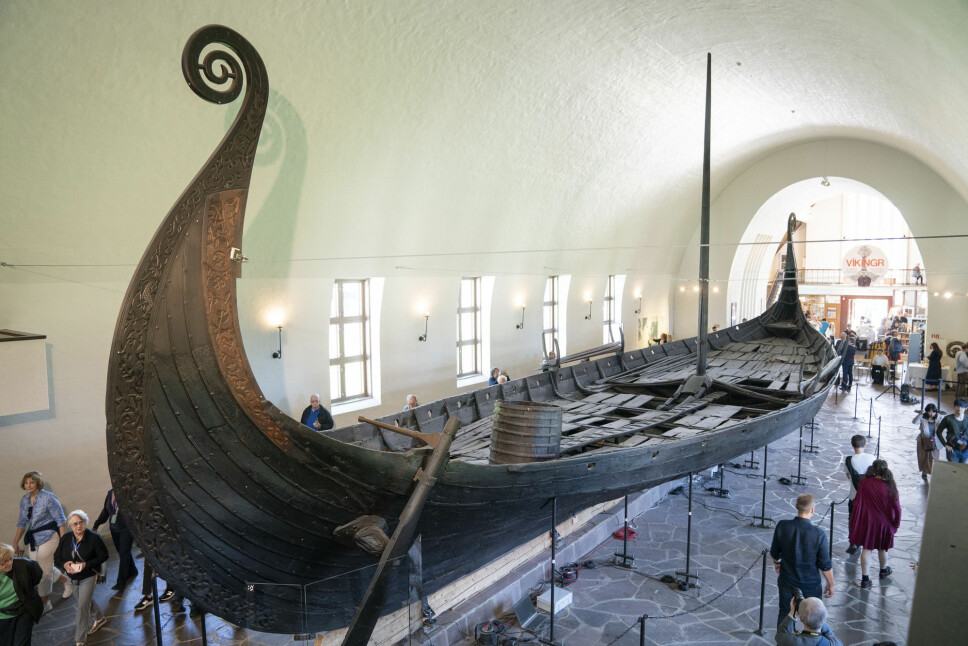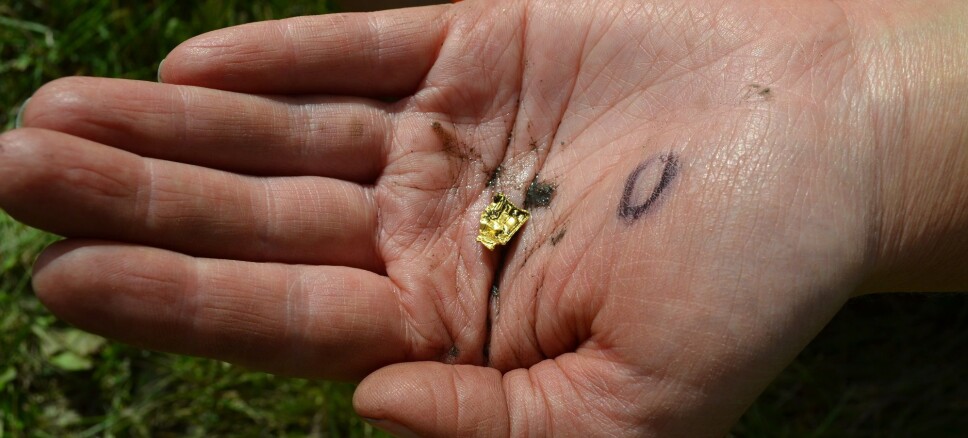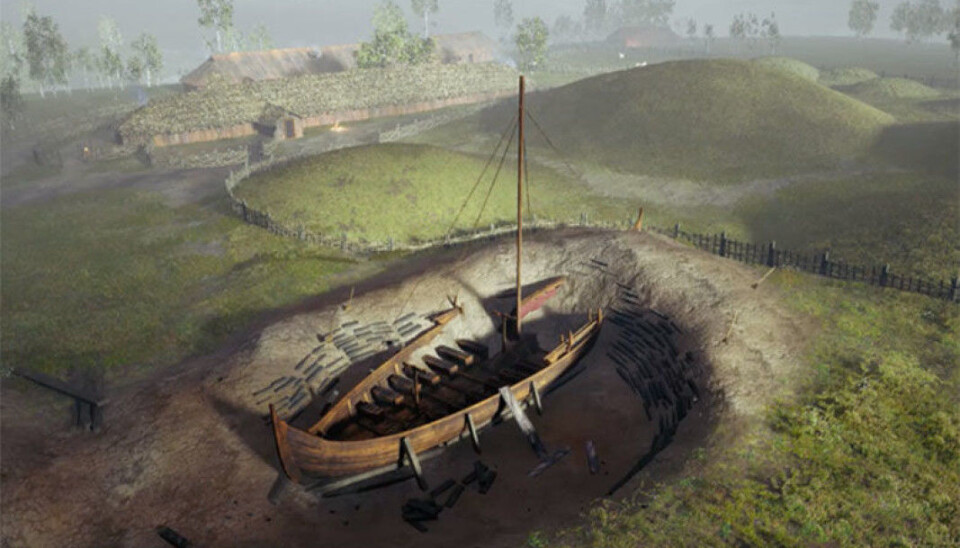
Why archaeologists call for an immediate Gjellestad Viking ship dig
One reason is the ship is under attack by a fungus that is consuming the wood. "It’s being eaten from all directions and we don’t know how long this siege has been going on,” says Archaeologist Christian Rødsrud.
“This ship was doing fine until circa 1880,” says Christian Rødsrud to ScienceNorway.no. Rødsrud is the archaeologist at the Museum of Cultural History in Oslo who led the preliminary excavation of the Gjellestad Viking ship in the summer of 2019.
The Norwegian Government recently allocated about $1.5 million toward excavation of the Viking Age grave which contains the Gjellestad ship. The funding must first be put to vote in the Norwegian parliament, the Storting, but the project manager Rødsrud doesn’t expect any resistance there.
The examinations carried out in the summer of 2019 showed parts of the ship to be in dismal shape. So in January the Museum of Cultural History, Viken County Authority and the Norwegian Directorate for Cultural Heritage recommended that the ship should be excavated.
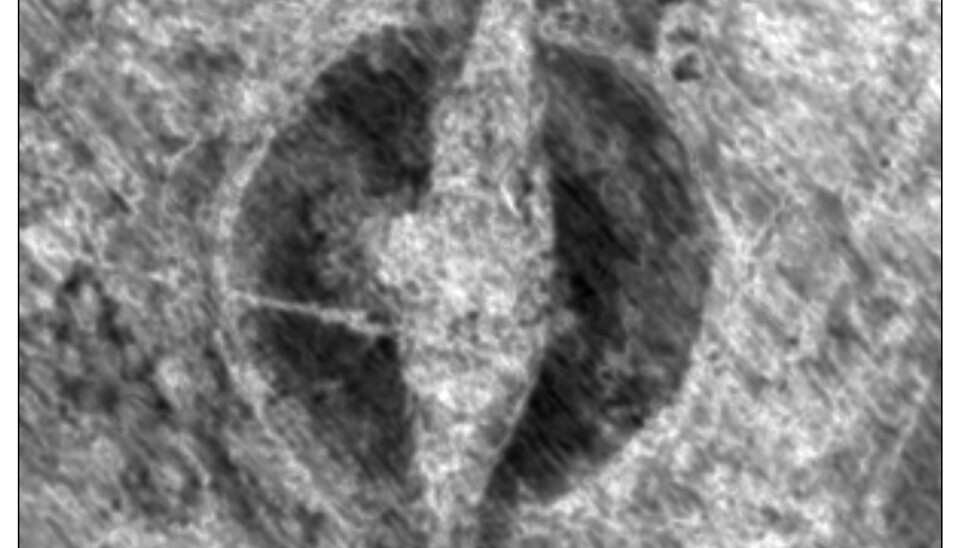
The ship is believed to have been much better preserved until relatively recently, considering all the centuries it spent underground. It was intact, lying at the bottom of a burial mound until the 1880s when this and several other ancient mounds were evened out to create level, tillable soil.
“We know from the farm’s history that there were two large burial mounds on this field. They were lopped off around 1880,” says Rødsrud.
The field was annually ploughed but fortunately much of the Gjellestad ship remained below the surface of the field. Just barely - a sample dig revealed some of it was only about 70 cm down in the topsoil.
Rødsrud says the wood in the upper parts of the ship are in very bad shape and the highest parts of the ship have deteriorated completely. The ship was placed in the grave just as it would have been at sea, with the keel at the bottom.
A sample taken of the keel during the 2019 dig showed it to be in pretty good condition.
Fungal attack and damaging drainage
But there appeared to be no time to lose with an excavation. The current plan is to start digging in June 2020 and continue for about five months.
“The most alarming discovery is this fungal assault,” says Rødsrud.
The probe showed that the ship is under attack by a type of fungus that consumes the wood.
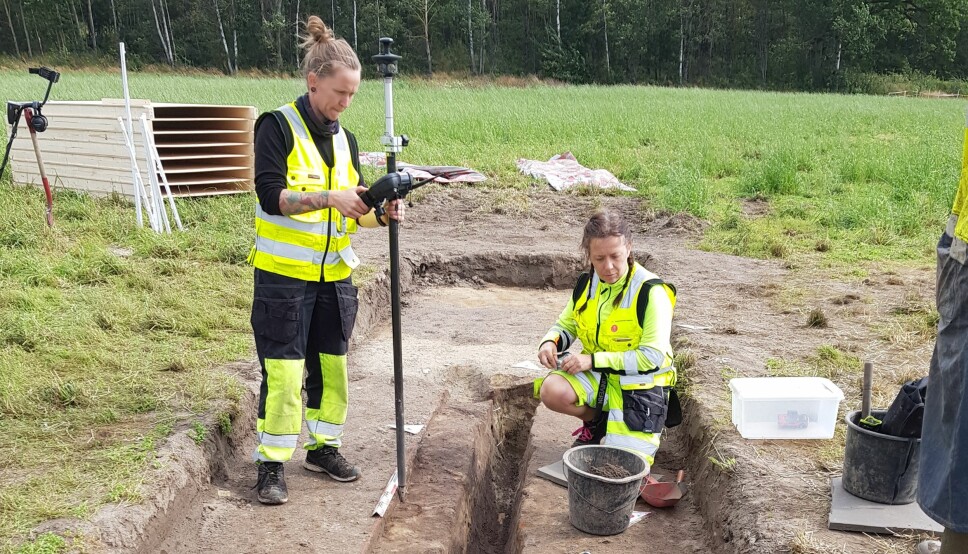
“It is eating away from every side and we don’t know how long this has been going on.”
Extensive agriculture at the site has also contributed to the deterioration. Rødsrud says a drainage ditch was inadvertently dug right through the ship sometime in the 1950s or 1960s. This exposed the ship to air and accelerated its rot.
The archaeologists re-opened this drainage ditch during their trial dig last summer. Rødsrud thinks what they uncovered then would be one of the most exposed and impacted parts of the ship.
“We are also concerned about the effects of drought summers,” says Rødsrud.
Moist old wood is better preserved than dry wood.
“It was dry around the keel in 2019. If that wood is wet the preservation conditions are better,” says Rødsrud.
Multiple considerations of the pros and cons led to the decision to excavate the grave now. In addition to the vessel, the hope is to find other artefacts and archaeological discoveries which can tell more about this area on the east side of the Oslo Fjord and the people who resided there.
Imprints
“This will be a complicated dig,” says Rødsrud.
It depends on the condition of the ship and its potential contents. Rødsrud expects the team will have to use meticulous archaeological methods because it is so hard to excavate decomposed materials.
“This makes it tricky with regard to conservation techniques. That said, we can still learn a lot despite severe degradation. In this instance, we know that we will have to make do with imprints of things and we need to glean all the information we can from these.”
The archaeologists already found imprints of the clinker-built, overlapping planks which comprised the ship’s hull. They also found some of the iron rivets exactly where they once held boards together before the wood deteriorated.
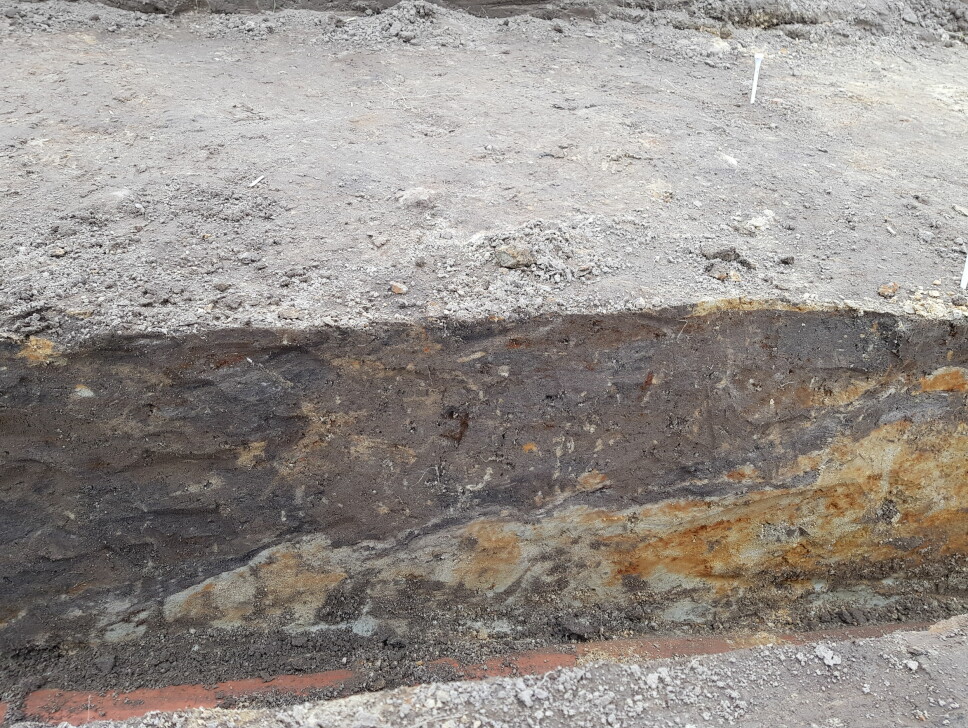
Rødsrud explains that everything will be photographed and 3-D modelled, so the ship can be reconstructed in the future.
It is 116 years since a ship grave of this size was excavated in Norway and archaeologists now have an arsenal of technology and methods no one had dreamed of then.
Still, Rødsrud warns that this find will not be comparable to the fabulous Oseberg Ship, excavated near Tønsberg on the west side of the Oslo Fjord in 1904. That ship, now in the Viking Ship Museum, was well preserved in a bed of blue clay. This compact clay is airtight and protected the oak ship.
The preservation conditions at Gjellestad are obviously not optimal, but it has remained in wet soil. Rødsrud thinks this is the main reason for there being any remnants of the wooden ship.
The best preservation is probably deepest down, around the keel.

Early Viking Period
The keel was in sufficient shape with detectable tree rings that enabled a dendrochronological analysis.
The timber used to make the keel of the Gjellestad ship was from a tree cut down sometime after 732 AD. This means the ship grave was probably dug between the late 700s and the early 900s.
Radiocarbon dating of some other decomposed wood remnants placed the material in the early 800s, but this is less precise, informs Rødsrud.
This is partly because nature has not given us the benefit of fully consistent carbon-14 levels from year to year.
Tree rings for given years in specific areas are uniform across tree species because they reflect the impact on growth affected by the weather and climate from year to year.
Scientists have been able to count back through the centuries and determine when a given tree was growing. The tree used in the keel of this ship lived from 603 AD to 724 AD.
But the archaeologists don’t know how many tree rings were not included in the section of timber used for the ship.

“This tree could have lived on for centuries. We need more samples of wood to compare this with to give a more exact dating,” says Rødsrud.
Since the keel of the ship is in fairly good shape, they hope to find more parts of the ship underground.
The food they ate?
Knut Paasche is an archaeologist and department manager for digital archaeology at the Norwegian Institute for Cultural Heritage Research. He helped find the Gjellestad ship with georadar, a technique that reveals contours and objects underground.
He is looking forward to the dig in June.
“I am especially interested in the ship itself. I’m like a kid when it comes to these discoveries and I wrote my doctoral dissertation on the Tune Viking Ship.”
Paasche has previously argued that extensive information could be accrued without digging up the ship, using non-invasive, virtual archaeological techniques.
But after last summer’s revelations he is convinced the right thing to do is to excavate the site now.
“Now we know much more about the condition of the ship.”
He stresses that the preservation conditions at the site have proved to be unrelenting. He points to the farming at the site but also the weather, which has fluctuated between drought and downpours of rain the last few summers.
“None of these things are very beneficial for preservation.
To get the most out of the cultural-historical knowledge found here we have to get with it right now. The longer we wait the more we lose,” he asserts.
“But if we knew there was a more stable soil, we could have opted to spend more time and perhaps let the ship be.”
Paasche says that an excavation provides striking opportunities to gather knowledge, using methods that didn’t exist when other Viking ship graves were opened over a century ago.
“In the opening of the Oseberg ship site they found everyday household items, such as knives, plates and porridge bowls. If we come across any artefacts like these today, we can scrape the inside and find out what foods they had been in contact with.”
The archaeological digs will start in just a few weeks. The government’s press release about funding the job did not specify what will happen to the Viking Age artefacts and remains of the ship once they are brought to surface.
Translated by: Glenn Ostling
———








